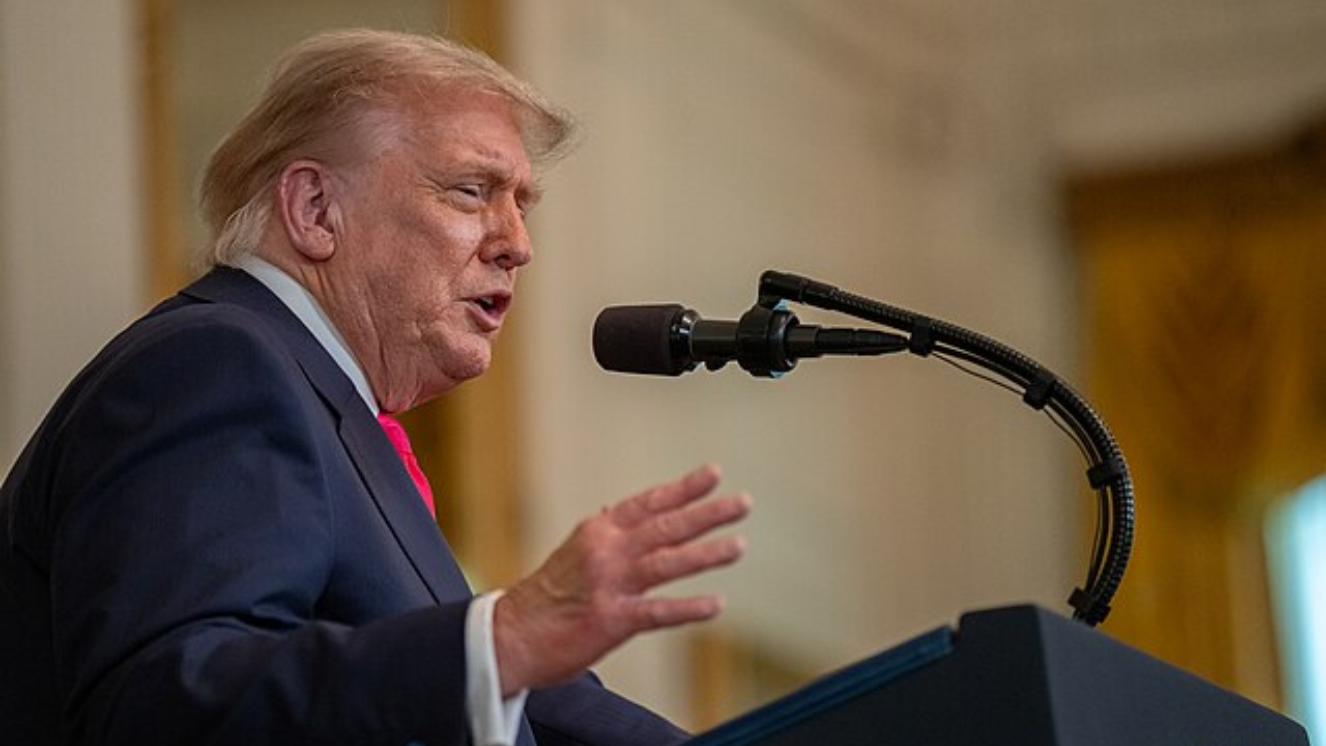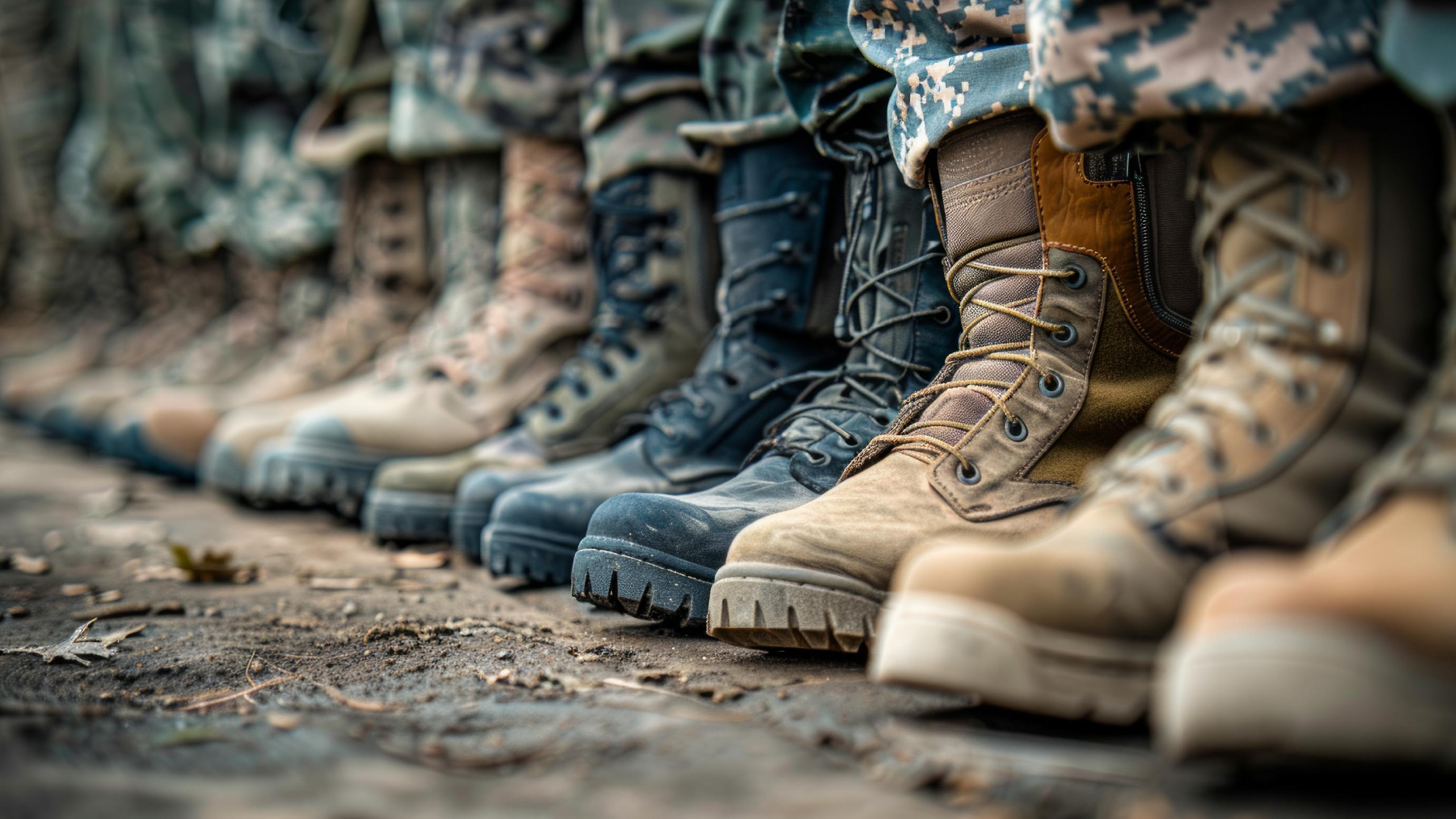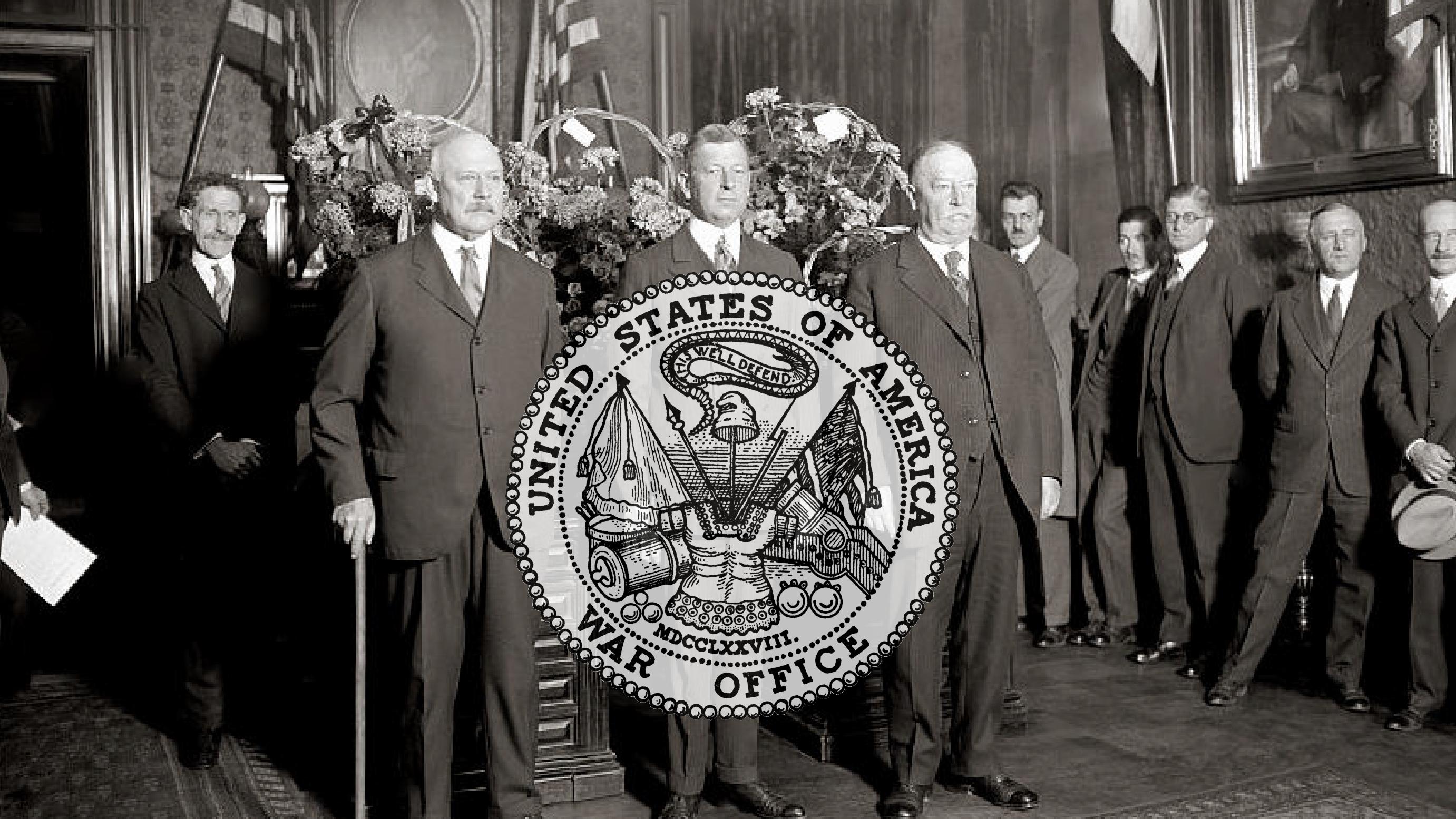BITCHING BETTY: THE MILITARY VOICE YOU CAN’T AFFORD TO IGNORE

When you’re in a combat mission, there is no room for hesitation. Servicemembers need instant, clear warnings, especially the Air Force. They need something that cuts through the roar of engines and the pressure of split-second decisions.
Fortunately for them, Bitching Betty comes to the rescue. She’s not a real person, though. It’s just a nickname that military pilots gave to the calm, but commanding female voice warning systems used in fighter jets, helicopters, and military aircraft.
She’s saved more lives than most people realize, and at the same time, she’s caused a debate about why many talking machines in the military sound like women.
Let’s see how Bitching Betty came to be, and why most voice warning systems are in a female voice.
Why the Cockpit Needed a Voice
Aircraft grew faster and more complex during the Cold War, and so did the demands on pilots. This is because newer planes were packed with more advanced weapons systems, radar, and sensors. And they were far more than any one person could monitor visually while flying.
This pushed engineers to find a better way to alert the pilots. A visual warning could be missed. A buzzer might get lost in the noise. But a voice? It breaks through.
Their idea was to let the aircraft speak directly to the pilot. That way, they could say exactly what was wrong, in real-time. Short phrases were necessary, and no interpretations were required. “Pull up.” “Fuel low.” “Missile lock.” That cool, steady voice doesn’t offer suggestions. She gives commands. And when she speaks, you listen.
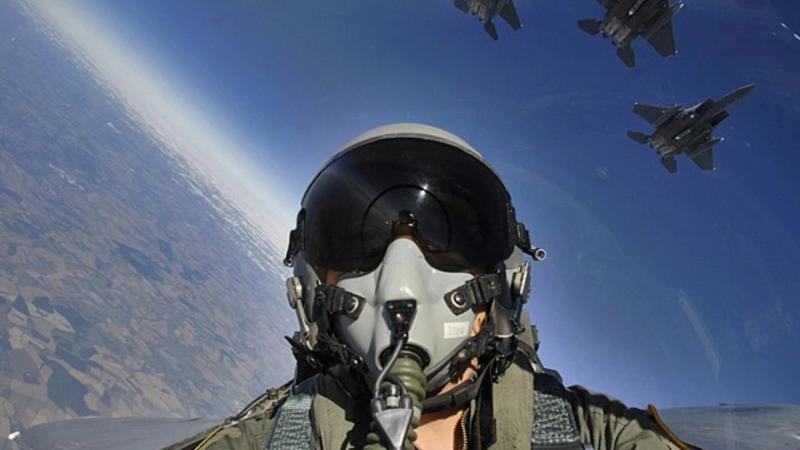
Their Choice of Voice Was Strategic
So, why did they choose a woman’s voice? This is where it gets interesting. Their decision to use a female wasn’t sentimental. It was entirely strategic.
It goes back to the 1970s, where the test showed that a higher-pitched voice cut through the deep hum of jet engines, and the radio chatter that was dominated by male voices. A clear voice could shave seconds off reaction time in combat missions. And we all know that in emergency situations, a few seconds can save lives. So a woman’s voice stood out, especially when the cockpit was overloaded with information, and adrenaline was pumping.
Engineers wanted to make the voice impossible to ignore, so that’s what they did. They focused on auditory clarity and survival rates, not gender roles. And the military culture at that time wasn’t blind to the irony.
Meet Bitching Betty
These systems quickly became common in the 1970s and ‘80s, so the pilots gave the voice a nickname: Bitching Betty.
The nickname was a mix of dark humor and frustration, and Betty never shut up during training. She would shout warnings during harmless dives, and while pilots loved her precision, they also rolled their eyes at her persistence.
Yet in combat, there was no question. Though they thought that Betty was bossing them around, she was the only voice they trusted without hesitation.
One of the most well-known Betty voices came from actress Leslie Shook. She recorded alerts for Boeing’s F/A-18 Super Hornet.
Some branches gave her different names all over the world. In the United Kingdom, her version is called Nagging Nora. In Australia, they experimented with a male-voiced system called Hank the Yank, but still, female voices remained the standard almost everywhere.
Why? Because they worked. And Betty didn’t care if you liked her. She wasn’t there to be polite. She was there to get your attention and possibly save your life.
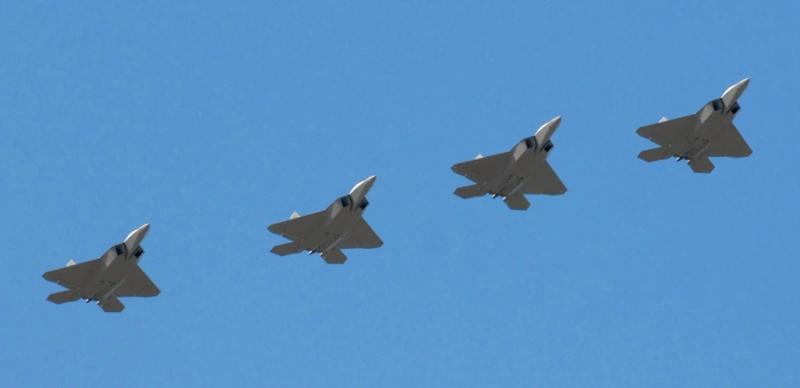
How Bitching Betty Affects Modern Combat Tech
The warning systems are far more advanced today. You’d still hear female voices issuing alerts in the modern fighter jets, helicopters, and even naval ships.
Some systems allow operators to choose their preferred voice, but female voices remain the most common. Because Betty’s legacy lives on, she was the loudest voice in the cockpit when everything else started to fall apart.
Even today, as AI systems are starting to take over more of the systems, the way machines speak to humans still matters.
Bitching Betty didn’t stutter. She doesn’t even wait for permission. She will tell you exactly what you need to hear, exactly when you need it, if you like her tone or not.
And somehow, Bitching Betty, a system without a face, no body, and no patience, has become one of the most trusted and unforgettable voices in military aviation.
Read next:
- Marching Through Time: The Fascinating History of Combat Boots
- New VA Policy Changes Could Affect Your Care: 5 Things Every Veteran Must Know
- Congress Passes Trump’s “Big Beautiful Bill,” Here’s How It Will Impact Veterans
Sources:
